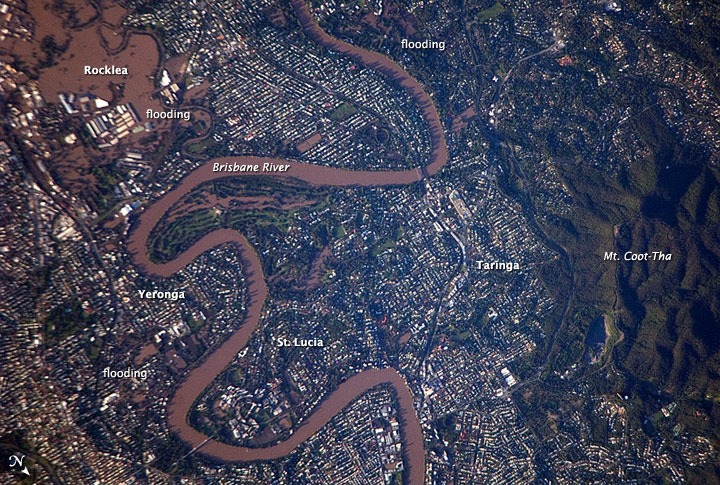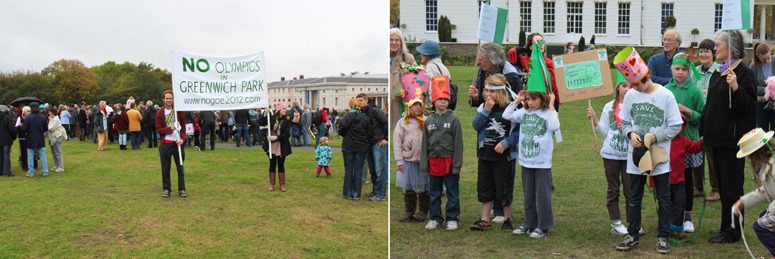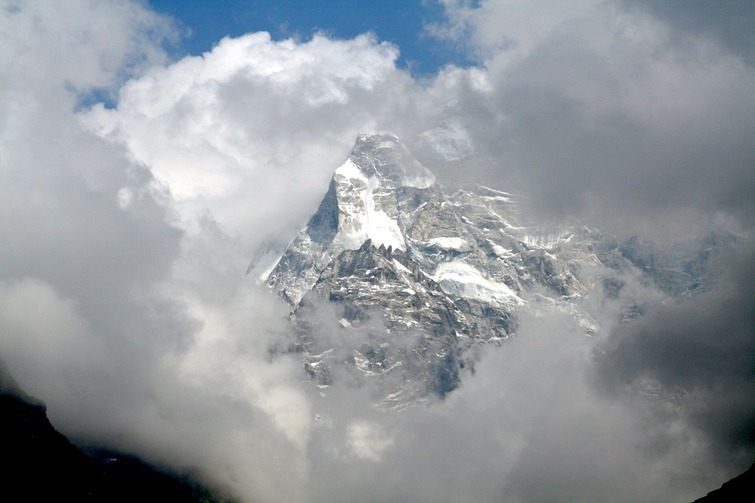As a ‘green’ who loathes tyrants, few political events give me more pleasure than seeing one of them preparing to bite the dust, as today. But should Tripoli’s ‘Green Square’ be renamed ‘Martyrs’ Square’ as they propose? Some of the considerations are:
- It received its present name because ‘green is the colour of Islam’
- But ‘green’ is now closely associated with ‘green politics’
- A ‘Martyr’ was originally a witness
- But the word was taken over by Christianity to mean someone dies for their religion
- These days one can be a martyr to pretty much anything
So my suggestion is to call it the Green Martyrs’ Square and associate it with (1) the coming together of two Abrahamic faiths: Islam and Christianity, which effected the revolution (2) the political aspect of the green movement (eg wide community involvement in decision making) (3) Libya’s future as a generator of green energy from solar power, when the oil runs out. The present Green Square has been used by both the parties which are struggling for power in Libya today; debate is esssential and it is better done by ‘jaw jaw’ than ‘war war’; there is a need for governmental cities, national and local, to have urban squares dedicated to public debate. See previous discussion of Parliament Square and Tiananmen Square. Debates are sometimes uncomfortable but a society without debate is on one, or more, of the roads to ruin.





